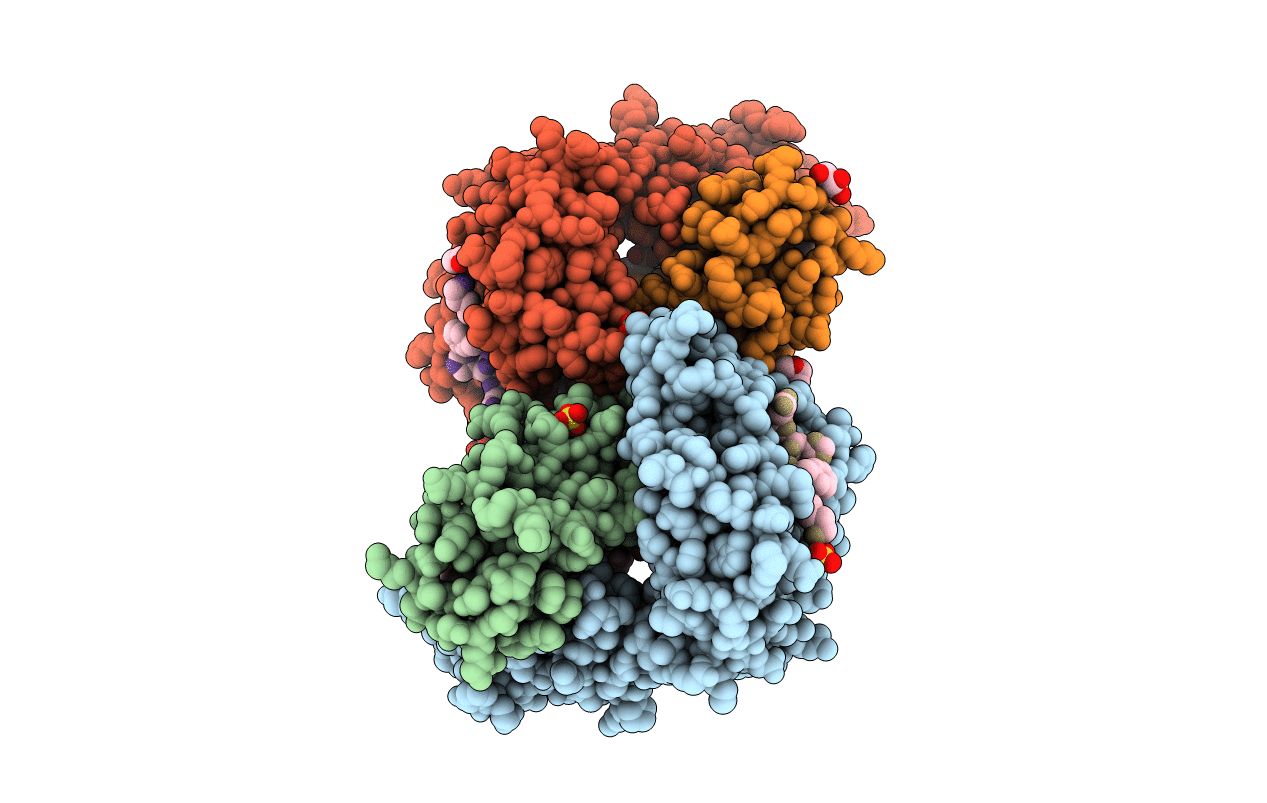
Deposition Date
2016-11-16
Release Date
2016-12-07
Last Version Date
2024-11-20
Method Details:
Experimental Method:
Resolution:
1.88 Å
R-Value Free:
0.22
R-Value Work:
0.18
R-Value Observed:
0.18
Space Group:
P 21 21 2


